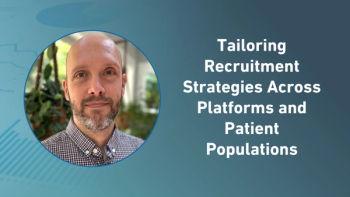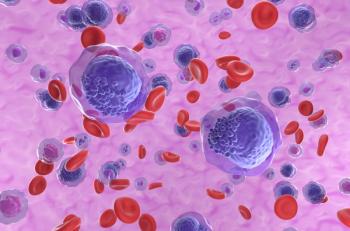
The Observation Study Conundrum
Conducting observational studies is becoming a vital part of the clinical trial process, but research teams often struggle to operationalize these more creative and non-traditional study methodologies.
Observational research studies have become an increasingly important source of evidence in the clinical research process. These studies provide valuable insight into the comparative effectiveness of a treatment in real clinical practice settings, and compliment data gathered in the trial environment, which can help key decision-makers to determine the quality and value of these products. Regulators, payers and providers have come to expect observational data to demonstrate evidence of value, and they will assess observational study quality when making decisions. The International Society for Pharmacoepidemiology (ISPE) has developed Guidelines for Good Pharmacoepidemiology Practices (GPP) in an effort to help sponsors develop the most effective studies to meet stakeholders’ needs.
Yet, despite these guidelines and the growing demand for real-world evidence, many studies fail to meet required standards for design, operations and analysis, thus limiting their value to decision-makers. Perhaps part of the problem is that observational research requires clinical professionals to think out-of-the-box, and to be creative and innovative so that they can identify the right operational approach to gathering this data. This can be an unfamiliar place for researchers who are more accustomed to the rigors and structure of a clinical environment that the unpredictable nature of a real world setting.
But if research teams want to meet the evidence expectations of key decision-makers, they need to move out of their comfort zone and seek out the best strategies to incorporate these studies into their broader research paradigm. That begins with making sure the research team has the expertise necessary to design and implement an effective study plan from the outset of the research program.
Overall, there are three main challenges facing real-world evidence generation:
- Diversity of stakeholder needs within and across geographies
- Complexity of changing needs and varying real-world data access and availability
- Practical issues in gathering real-world evidence at the right time, at the right cost and to the right quality
Without proper planning and a robust observational study strategy, these challenges can lead to fragmented and inefficient real-world evidence generation, with individual studies conducted by different teams to meet the requirements of individual healthcare decision-makers without taking into consideration the needs of stakeholders across the healthcare continuum.
To build effective studies, planners first need to identify the needs of all key stakeholders, including regulatory bodies, treating physicians, payers and Health Technology Assessment (HTA) bodies. They can then marry these needs with insights into real-world data access and availability. This supports the design of a more streamlined program of real-world and late phase studies, that can generate more robust evidence in fewer studies for faster more cost-effective research.
Organizations seeking to implement more global and impactful observational studies to support their clinical research initiatives should be open to new strategies and opportunities to engage patients in a real world setting.
Using innovative approaches to design smarter studies focuses on four key elements:
- Observational study demand across the product life cycle, for example, with disease registries transitioning pre- and post-launch, or transitioning into a product registry, and an increase in requirements for post-authorization safety studies (PASS) and post-authorization efficacy studies (PAES) in Europe.
- Collaboration, with an increase in multi-sponsor registries, especially in orphan diseases where patient population is so limited.
- Patient centricity, with increasing inclusion of patient reported outcome (PRO) endpoints and ePRO technology, and direct-to-patient research.
- Greater healthcare data access and innovative study designs, including greater use of existing data (databases, claims data), and an increase in pragmatic trial designs and enriched studies that combine prospective and retrospective approaches in an efficient and effective manner.
Remember, observational research isn’t just a nice-to-have addition to the clinical research program. It is an important source of evidence for healthcare decision-making, helping to reduce uncertainty by answering questions about treatment effects in real-world populations. Sponsors that plan for observational research plans from the outset of their studies, take advantage of experts in the field, and employ innovative study design methodologies will be able to gather the best data as efficiently as possible. That can save them time and money while generating a more robust set of evidence for the regulators, payers, providers and HTAs who will make critical decisions that directly affect the success of their products.
Louise Parmenter, PhD, Global Head of Operations, Epidemiology & Outcomes Research, Real-World & Late Phase Research, Quintiles
Ombretta Palucci, Senior Director, EMEA Real-World & Late Phase Research Strategy Lead, Quintiles
Newsletter
Stay current in clinical research with Applied Clinical Trials, providing expert insights, regulatory updates, and practical strategies for successful clinical trial design and execution.






.png)



.png)



.png)
.png)
